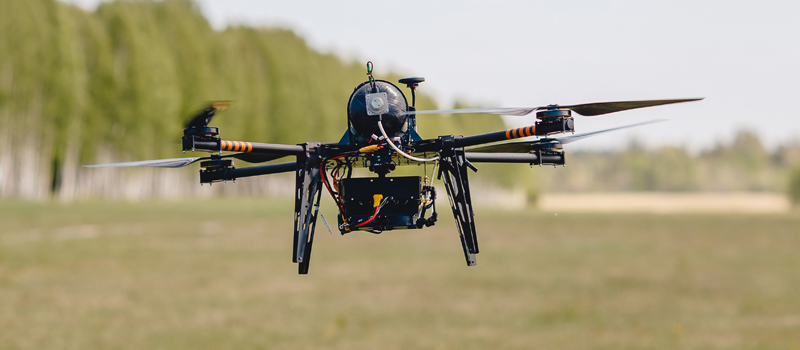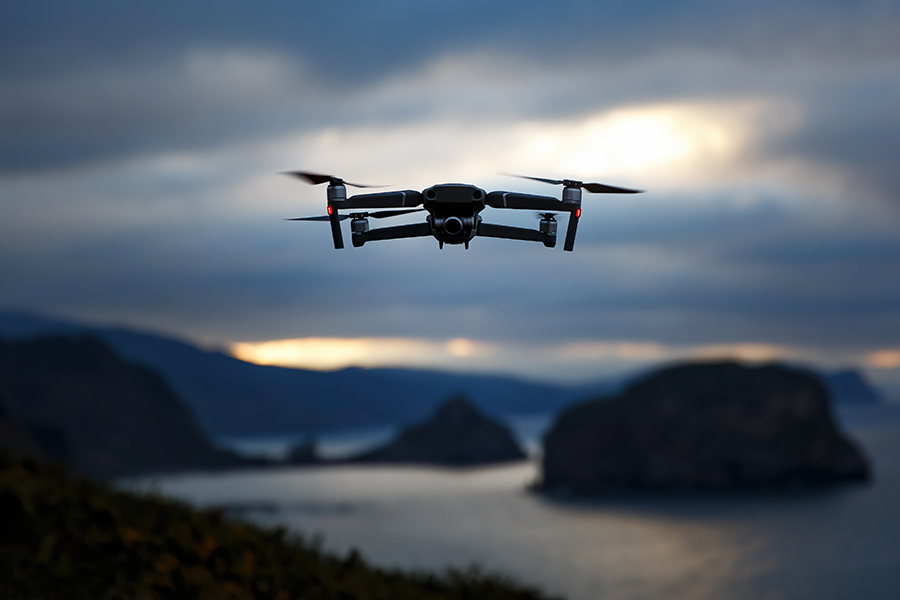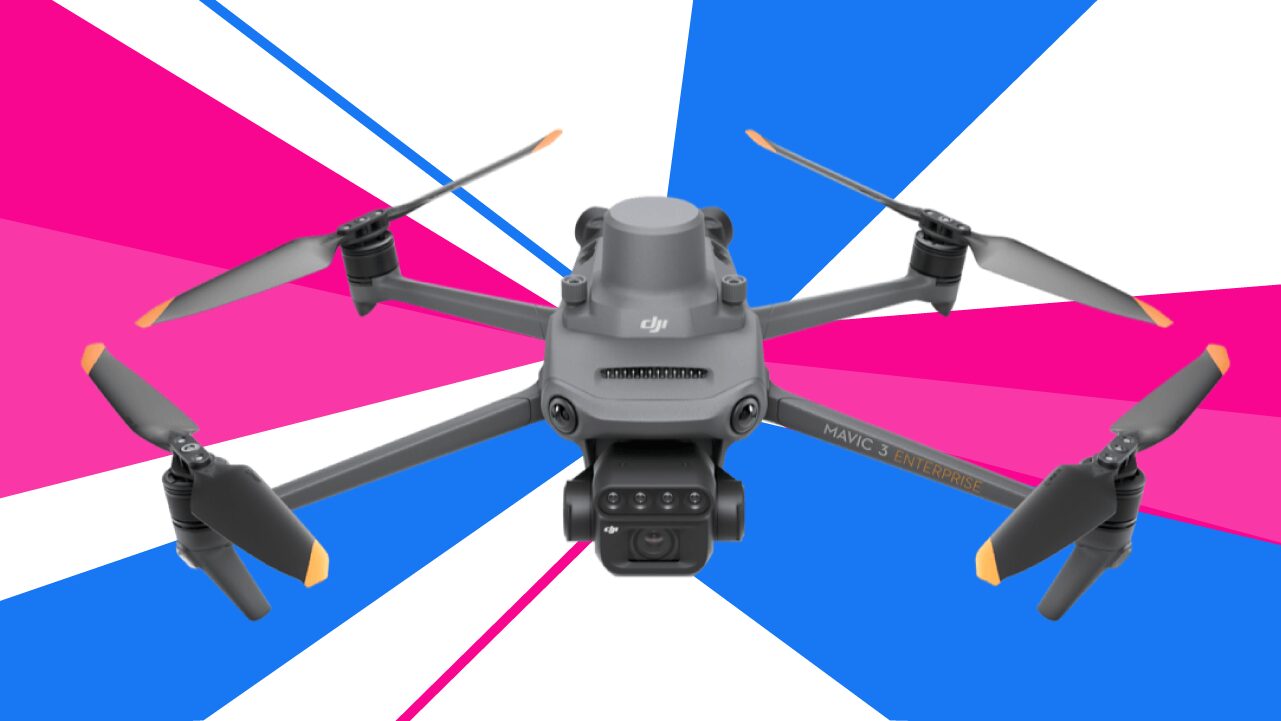-
Where can I take the Part 107 recurrent test?
-
What is the purpose of the recurrent test?
-
Can new Part 107 applicants take the test online?
-
Can I take the recurrent test even if my Part 107 license is still current?
-
Do I need to take the recurrent to fly my drone at night?
-
Do I need to take the recurrent test to fly over people?
-
Is Remote ID needed for night operations or flight over people?
-
Is the recurrent test already live?
-
When can I start flying at night or over people?
-
Final thoughts
It has been a few months since the FAA announced huge changes on the recurrency requirement for Part 107-licensed drone pilots. From the initial target of March 2021, the recurrent test was delayed several times until it finally went online on April 6.
These delays have fueled lots of confusion, along with the fact that there is simply too much going on in the Part 107 community right now. What is the recurrent test for and is it related to any of the upcoming changes to the Part 107 rules? To help clear out some of this confusion, we have prepared this FAQ to address the common points of confusion.
Where can I take the Part 107 recurrent test?
The recurrent training and test for Part 107-licensed drone pilots can be accessed through the FAA Safety website or via this link. Take note that this is a different course from the online recurrent test that has been available for several years for pilots with Part 61 certification. Make sure to take the test that applies to your qualification.
What is the purpose of the recurrent test?

The recurrent training and test allows Part 107 pilots to maintain the currency of their certification without having to take an in-person test. Aside from the convenience of being able to do the test online, it is also free.
The main purpose of testing is to make sure that the Part 107 pilots go through recurrent training. This online training course, which you will need to complete before taking the test, is designed to refresh and update the knowledge of Part 107-licensed drone pilots.
The need to take the updated training is being emphasized right now because of the changes that the FAA has implemented on the Part 107 rules. These changes include the ability to fly over people/moving vehicles and to operate drones at night.
Can new Part 107 applicants take the test online?
No, new applicants for the Part 107 remote pilot certificate will still need to take in-person knowledge tests. There are no changes to the standard procedure. Applicants will have to book an appointment via PSI, pay the testing fee, and take the test is any of the FAA-approved testing centers. Keep in mind that you will need an FAA Tracking Number via IACRA before you can set an appointment.
The scope of the initial knowledge test has been changed to account for the new Part 107 rules. The major additions include topics related to flying drones at night including night illusions and anti-collision lighting requirements. The new test also includes topics related to operations over people/moving vehicles and Remote ID.
If you’re yet to take the knowledge test for Part 107 certification, you will certainly want to read up on these topics. Pilot Institute’s Part 107 Made Easy training course has been updated with night operations coverage.
Can I take the recurrent test even if my Part 107 license is still current?
Yes! We encourage all drone pilots who currently hold Part 107 licenses to go ahead and take the recurrent training. It can be accessed by anyone and provides very good information about night operations, flight over people, and Remote ID. In addition, it resets the clock on your currency, which means you will be current again for 24 calendar months.
In the event your currency has expired, you can also take the recurrent training and test online since your certificate never expires.
Do I need to take the recurrent to fly my drone at night?
Yes. If you are planning to fly a drone at night, you may do so without a waiver provided that you have completed the recurrent training or you passed the initial written exam at a testing center on or after April 6, 2021. This is specified in Item 5.7.2.1 of Advisory Circular 107-2A which the FAA released on February 21.
According to the relevant provision, “a certified remote pilot receives night operation privileges and may operate at night only after completing either a knowledge test that contains questions on night physiology and night visual illusions or through completion of recurrent training. The recurrent training contains the topics of night physiology and night visual illusions”.
The new modules of the recurrent training are intended to educate drone pilots about the typical issues encountered when flying at night and the requirements for anti-collision lighting. Part 107.29 has also been updated to reflect the changes indicated in the Advisory Circular. If you are looking for additional information on night operations, Pilot Institute offers a free night training module.
Do I need to take the recurrent test to fly over people?
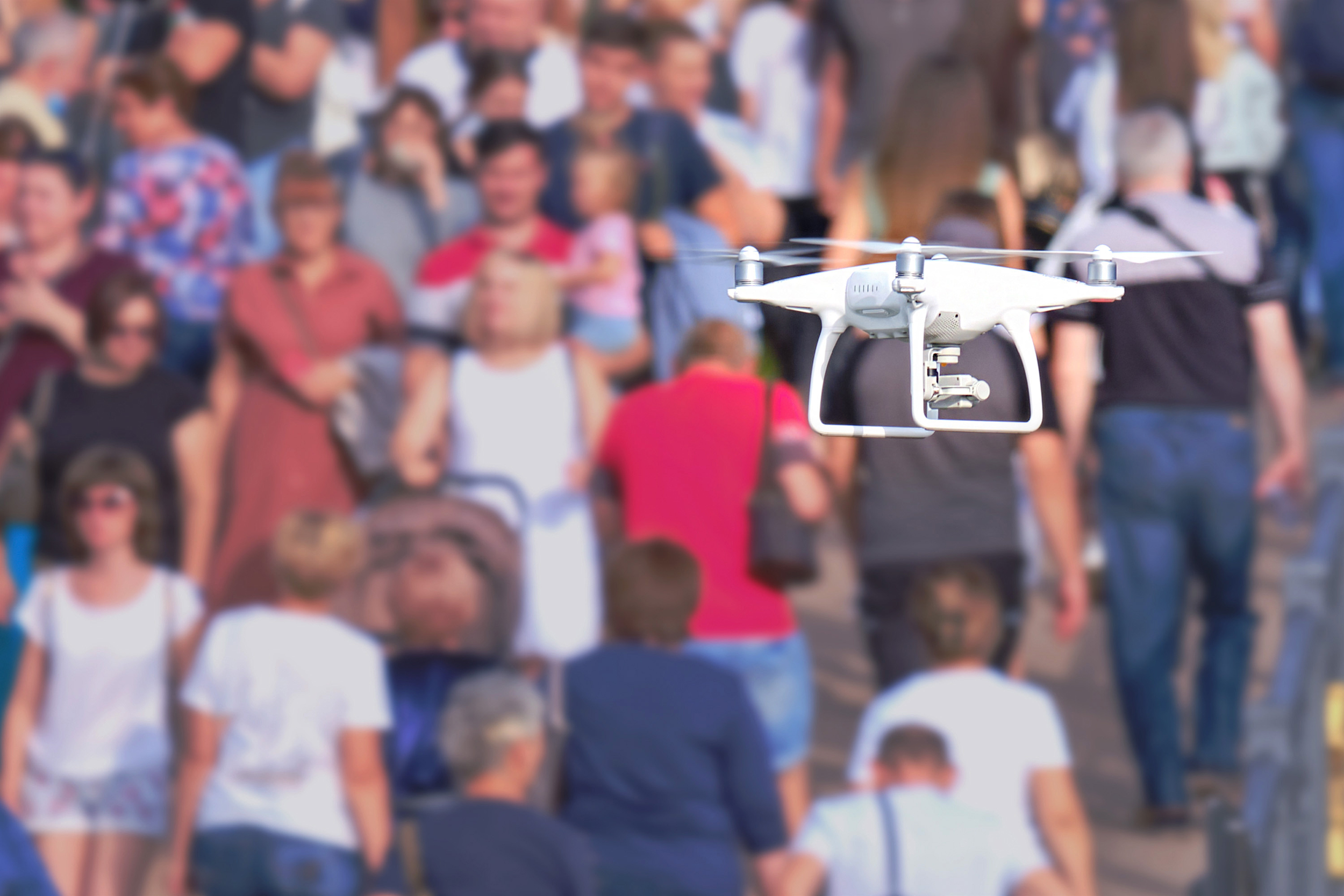
The recurrent training and test is not prerequisite to operate over people and/or moving vehicles. Take note that sustained flight over open-air assemblies is still prohibited under the new rules – at least until drones become outfitted with Remote ID modules.
Another warning is that it is currently only possible to fly over people with Category 1 drones. These drones have a take-off weight of 0.55 lbs or less and have no exposed rotating parts. In contrast to other categories, Category 1 drones are self-certified and do not require an MoC (Means of Compliance) or DOC (Declaration of Compliance).
Is Remote ID needed for night operations or flight over people?
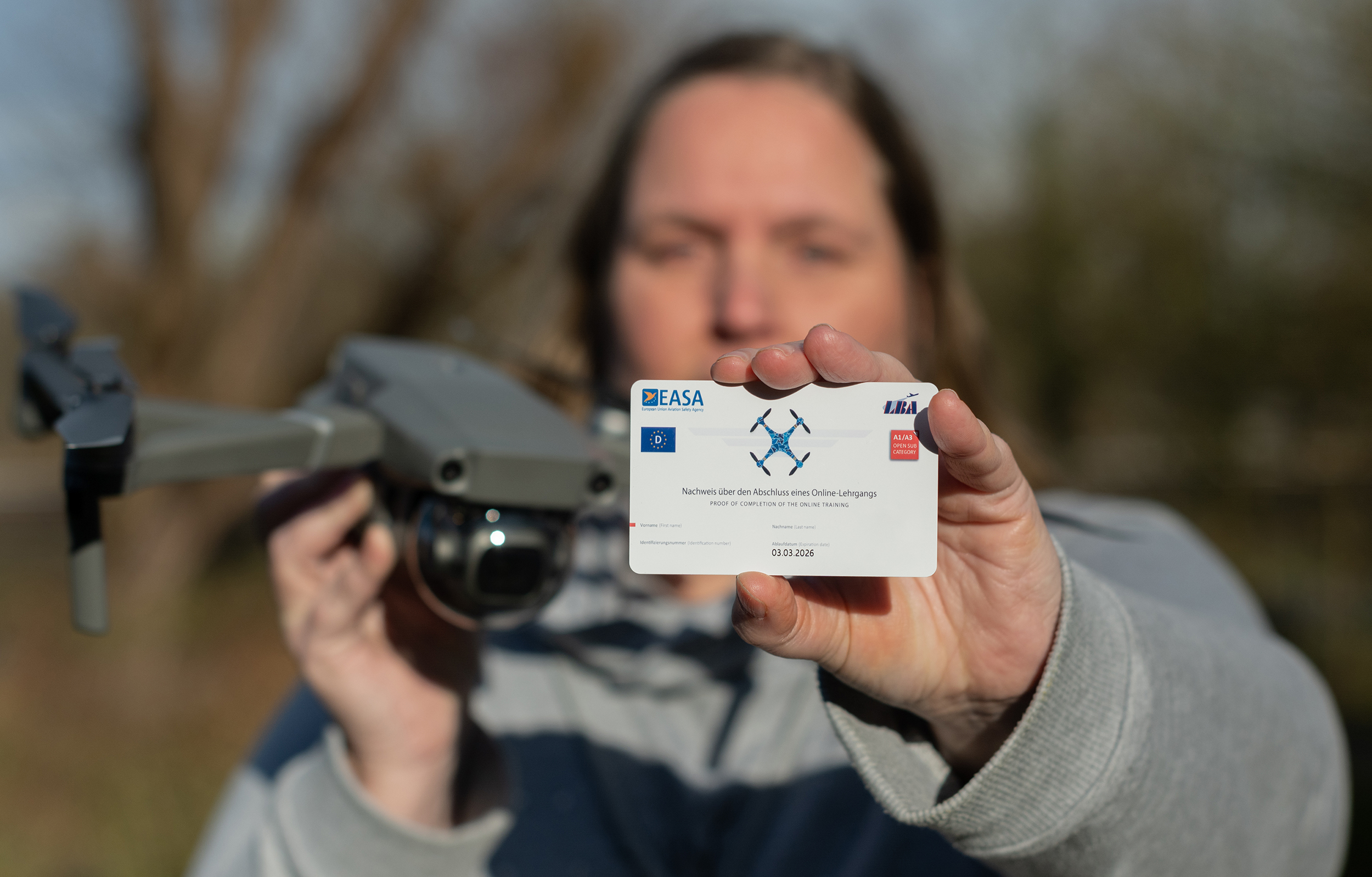
When Remote ID becomes fully implemented in September 2023, yes, it will be needed for flying a drone at night or over people. However, we’re still a couple of years from that happening. Drone manufacturers have a deadline of September 2022 to make sure that all their products come with Remote ID capabilities. Drone pilots will then have up to September 2023 before to comply with Remote ID operational requirements.
In the meantime, Part 107 drone pilots can use the privilege to operate at night and over people without Remote ID as long as they undergo any required training and maintain operational limits. The only caveat to this rule is that sustain flights over open air assembly DO require Remote ID.
Is the recurrent test already live?
Yes, the online recurrent training and test for Part 107 drone pilots went live on April 6, 2021 on the FAA Safety website.
When can I start flying at night or over people?
Drone pilots can start to operate at night over people on April 21, 2021. They can also start to choose compliance with Remote ID requirements, although this is not yet possible right now.
Final thoughts
With so many new rules and different dates of implementation, it’s hardly surprising that there is a lot of confusion right now with regards to commercial drone flight. While the clarity of the messaging from the FAA is clearly lacking, there are thankfully lots of voices in the community that are willingly trying to clear up any ambiguities.
Now that the recurrent training is online, we strongly suggest that you ahead and take it, regardless of whether your Part 107 license is past its currency. Part of being a responsible drone pilot is keeping yourself updated with the new rules, even to the point of deliberately seeking out updates. It’s also good to refresh your knowledge of the basic Part 107 rules, many of which fade into our subconscious over time.
